A food forest consists of big trees, medium and small trees, shrubs, vines, herbaceous and ground covering plants. All the different sizes are planted in a way to produce food on multiple vertical levels, all within a single regenerative system whose goal is to take care of itself, with minimal work and outside inputs. The idea is to mimic a healthy old growth forest like we find in nature.
If we look at an old growth forest we can see a healthy regenerative system with plants of all different sizes. Mother nature is taking care of the system. Nobody is watering, pruning, weeding, fertilizing or planting, yet it keeps growning and growing!
Now lets imagine a traditional orchard or vegetable garden like we see below.
Most of the plants we find in a food forest are perennial, meaning they keep growing year after year. This is great because unlike most vegetables you don't have to plant them year after year. Perennial plants, which include some vegetables, also grow much deeper roots enabling them to find far more water and nutrients deeper in the soil. This, in turn, means you don't have to provide them with as much water or nutrients.
By selecting just the right species for the right location you can mimic the old growth forest. For example, planting trees that produce dappled shade, a mix of shade and sun, allow other plants to grow underneath the tree's canopy. The light shading helps to reduce evaporation which can provide a lot of extra water for the system.
|
We are currently building a food forest in backcounty San Diego County. With our Mediterranean climate we are able to grow a vast array of different species, but due to our limited rainfall we use drought-tolerant species. You can check out our previous blog post to see how we designed our food forest and what species we planted.
There are tons of food forest all over the world. One of the best ways to learn about them is to visit one. If you are in San Diego County check our Resources page to find a food forest in our area. If you are interested in starting your own food forest - they can be big or small - please be sure to conduct ample research to ensure you are creating a truly regenerative system. In a future blog post we will get into details of how to design a food forest. Remember, work with nature instead of against it! |
Click here to be directed to our Facebook page.
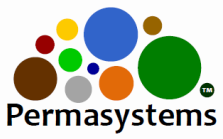
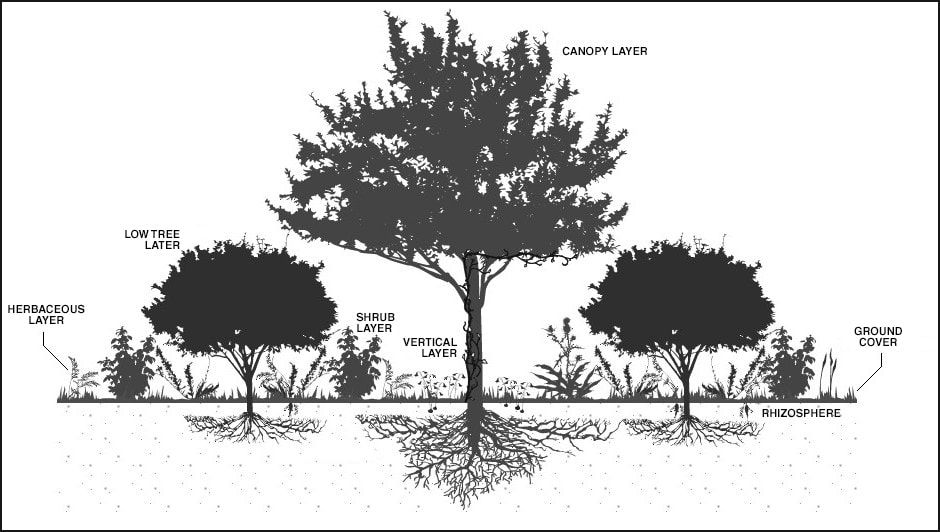
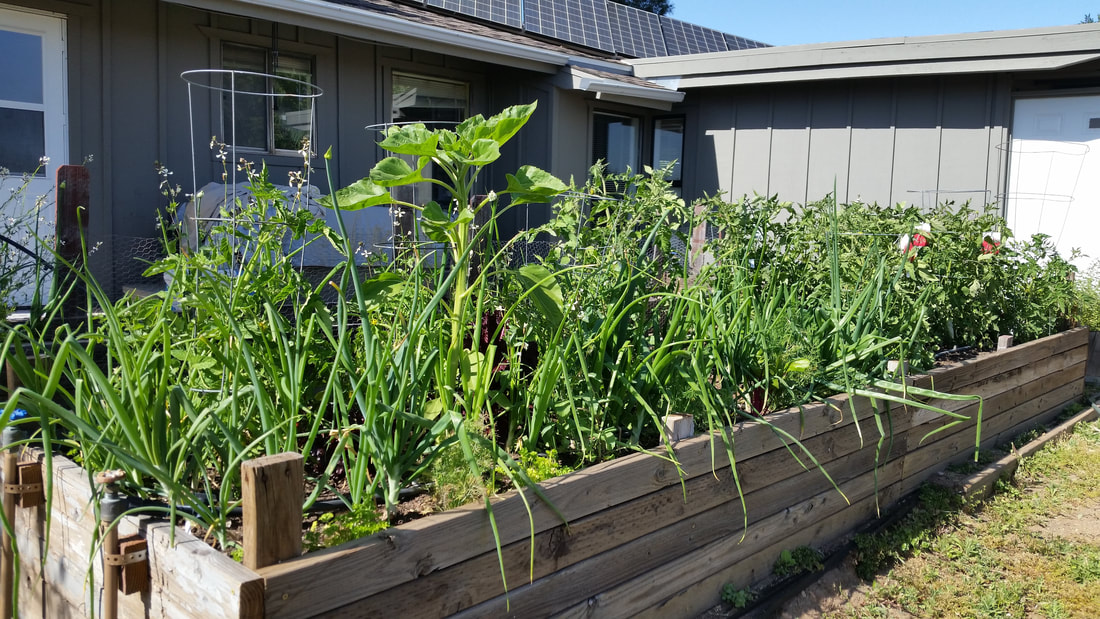
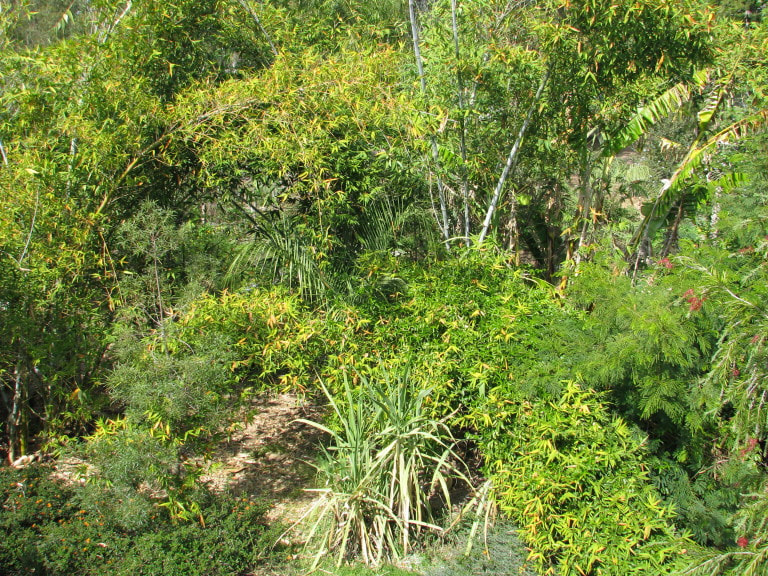
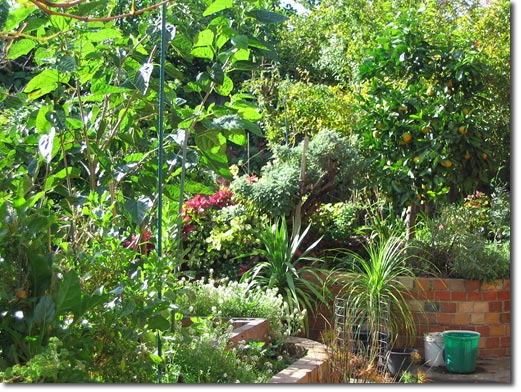
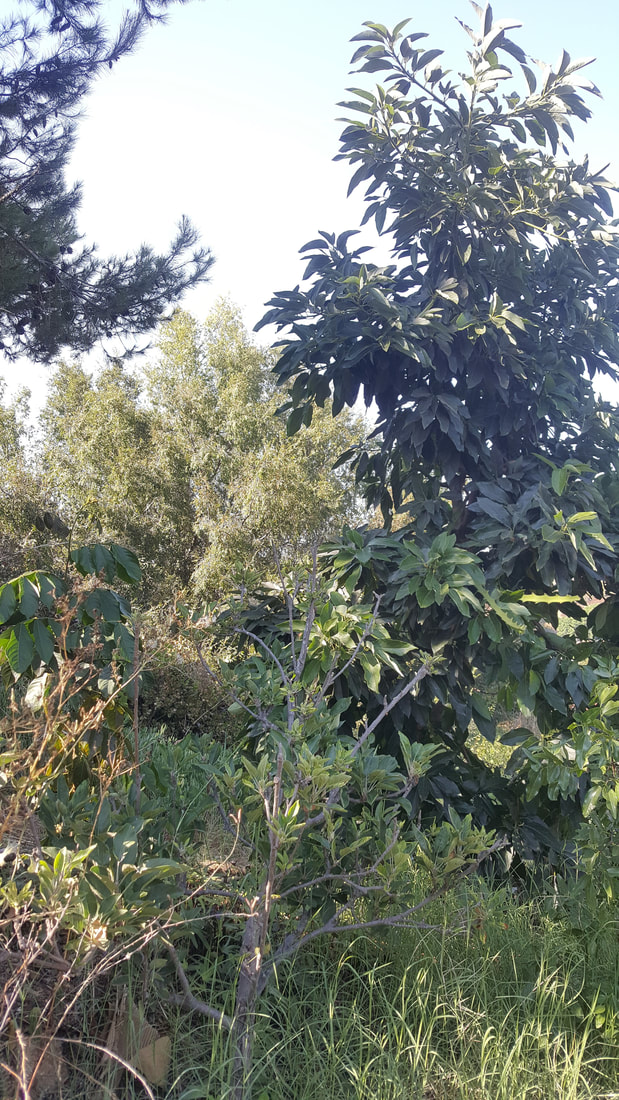
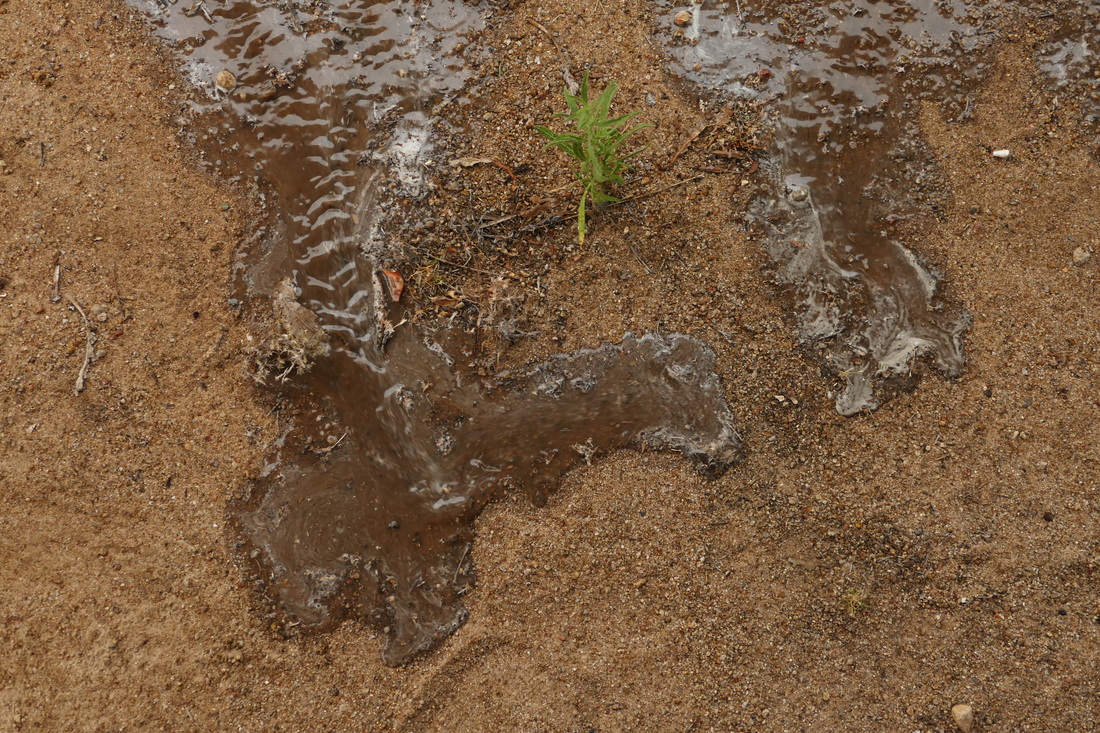
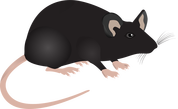
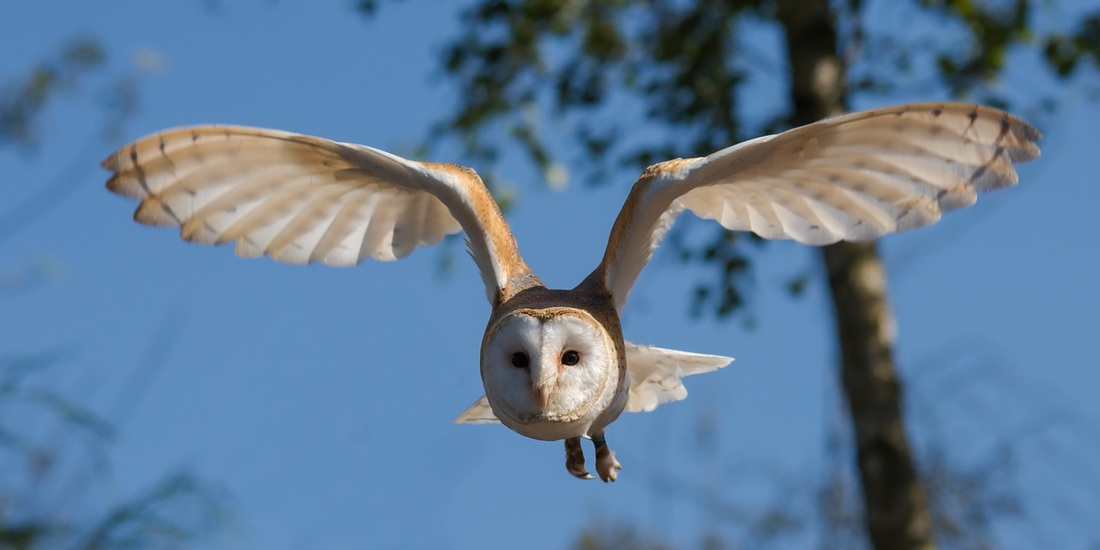
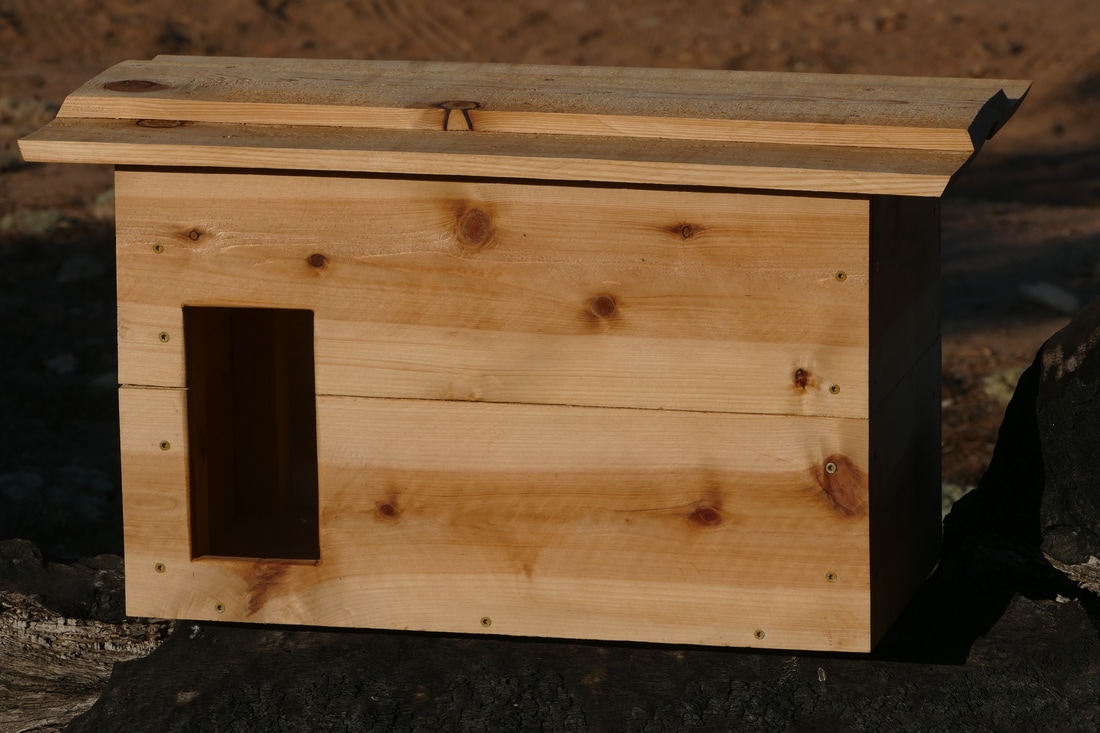
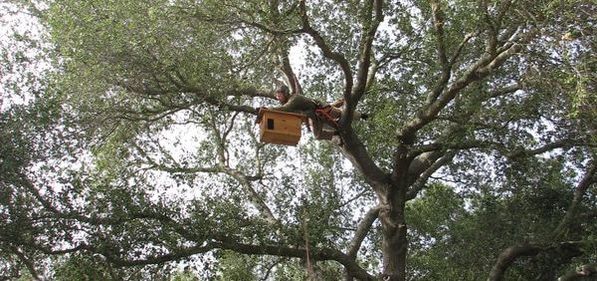
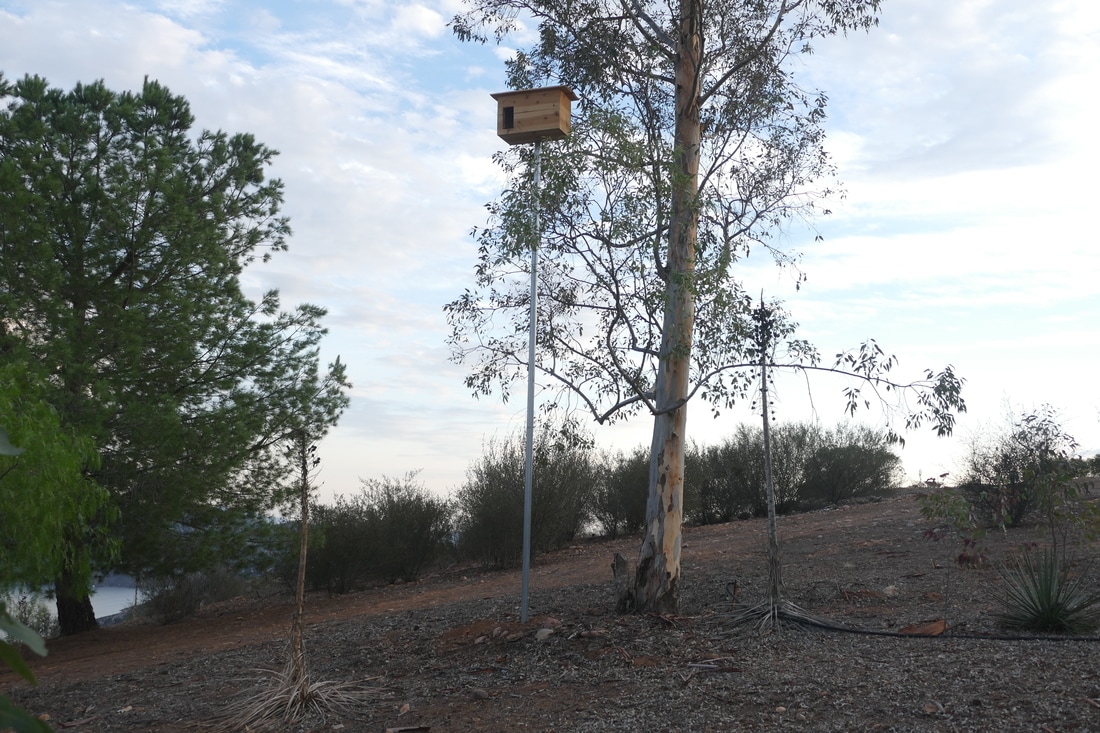

 RSS Feed
RSS Feed